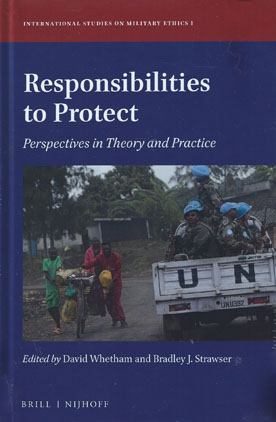
Following the humanitarian horrors of the 1990s, the international community began to seek consensus on a new norm to help address the tension between upholding the sovereign right of states to administer their own internal affairs, and the pressing need for civilian populations to be protected from their own government in certain situations.
The result was the responsibility to protect initiative from the UN, accepted as an emerging norm and based on existing legal structures although not itself necessarily accepted as law. At its heart is the idea that sovereignty is not simply a right, but also a responsibility. The right comes from the fact that it is a state that should protect its population and no external agent has a right to interfere in that relationship.
However, should a state fail to discharge this duty, the very reason for recognising that state’s sovereignty is removed and the international community, through the United Nations structures and institutions, may intervene and discharge that responsibility to protect instead.
This volume looks not only at the humanitarian-inspired interventions of the past 15 years, such as those that took place under the Force for Good banner of the UK Government under New Labour, but also looks at what this has meant for the people actually involved in doing them. For example, the soldiers charged with acting on behalf of the international community, and the medics sent with them.
What has the humanitarian political justification meant for the people on the ground? What responsibilities do states have towards their own soldiers when sending them to protect ‘other’ people? Should that protections extend to moral and psychological protection as well as physical protection, and if so, how? How far does the duty go when considering the protection of one’s own citizens who have deliberately placed themselves in harm’s way, such as journalists who have chosen to leave the safety of a protected area? What happens when institutions are faced with the choice of protecting their people or their reputation? What does it feel like for the inhabitants of a state who become ‘protected’ by the international community?
The book brings together international scholars and practitioners to address these concerns from both sides of the coin, recognising that international initiatives have practical implications.